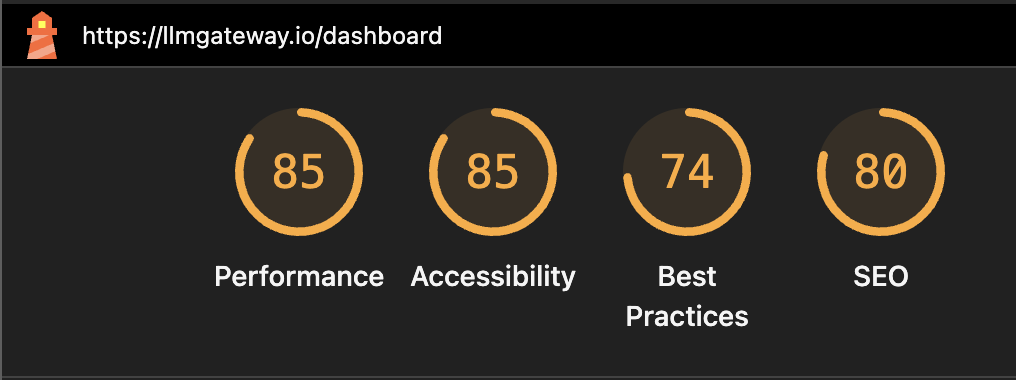Next.js migration
We’ve moved from TanStack Start to Next.js. Here’s why it matters

🚀 Next.js Migration
We migrated from TanStack Start (older version - alpha) to Next.js — here’s why
After building on TanStack Start for a while, we made the leap to Next.js — and the results speak for themselves.
We're on GCP.
📈 Performance Gains
We went from solid to stellar:
| Metric | TanStack Start | Next.js |
|---|---|---|
| Performance | 85 | ✅ 100 |
| Accessibility | 85 | 84 |
| Best Practices | 74 | 78 |
| SEO | 80 | ✅ 100 |
| FCP | 0.3s | 0.3s |
| Speed Index | ❌ 2.4s | ✅ 1.1s |
| TBT | 50ms | 60ms |
| CLS | 0 | 0 |
🧠 Why We Switched
Better SEO and performance out of the box with Next.js’ built-in optimizations
Simpler mental model for routing, layouts, and deployment (yes for real)
Edge-ready and more compatible with our future plans (middleware, streaming, etc.)
Improved observability: CPU and memory usage became more stable and efficient after the switch
🔍 What Changed?
Before: Higher CPU + memory spikes, inconsistent rendering, lower SEO
Now: Lower system resource usage, sub-1.2s paint speeds, and perfect Lighthouse scores in key areas
💡 We're just getting started, this migration sets the foundation for faster feature delivery, lower latency, and a smoother developer experience. More updates soon!
TanStack Start



Next.js


